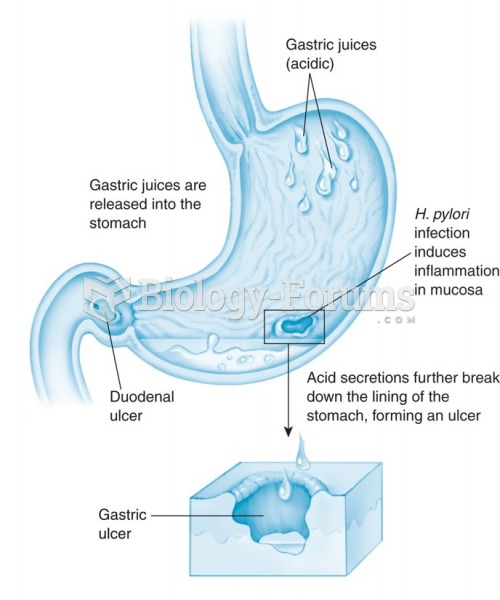Answer to Question 1
ANSWER:
A significant factor in forgetting is interference, or the competition between new and older information in the memory system. The brain requires a measurable amount of time to consolidate a memory, or to produce a physical representation. In the window of time in which memories are being processed but not yet fully consolidated, they may be subject to distortion, loss, or replacement by interference from other bits of information.
How long is this window? Synaptic consolidation, the physical changes related to memory that occur at the level of the synapse, might take minutes or hours. Memory loss usually occurs when this consolidation is interrupted. Individuals who experience unconsciousness as a result of a head injury rarely remember much about the immediate circumstances leading to the injury. Procedures such as general anesthesia or electroconvulsive therapy (ECT) often produce slight memory deficits spanning a period of hours or possibly a day or two before and after treatment.
Answer to Question 2
ANSWER:
Evolutionary psychologists view memory as a component of a neural machine designed to use information acquired in the past to coordinate an organisms behavior in the present (Klein, Cosmides, & Tooby, 2002, p. 308). The evolution of memory allowed animals to use information from the past to respond quickly to immediate challenges, a monumental advance in the ability to survive. Instead of reacting to each predator or source of food as an entirely new experience, an animal with the ability to remember past encounters with similar situations would save precious reaction time.
Useful adaptations often come with a price, like the unwieldy antlers of the male deer that require energy to build yet help the deer fight successfully for mates. The development of a memory system is no exception to this rule. Forming memories requires energy. For memory systems to flourish within the animal kingdom, the survival advantages needed to outweigh the energy costs. Given the 81 years or so of human life expectancy, it would be difficult to demonstrate the energy costs of memory in people, but we can observe the costs in a simpler organism, the fruit fly, which has a life expectancy of only 10 to 18 days. Fruit flies are capable of learning classically conditioned associations between odors and electric shock. After experiencing pairings of odor and shock, the flies will fly away from the odor 24 hours later. However, to form memories about odor and shock, the flies must use more energy than they use for activities that do not require memory. When deprived of food and water, the flies that remembered how to avoid shock died about 4 hours faster than flies that did not form memories. The fact that nearly all animals have the capability of forming memories in spite of the high energy costs is a testament to memorys benefits to survival.







